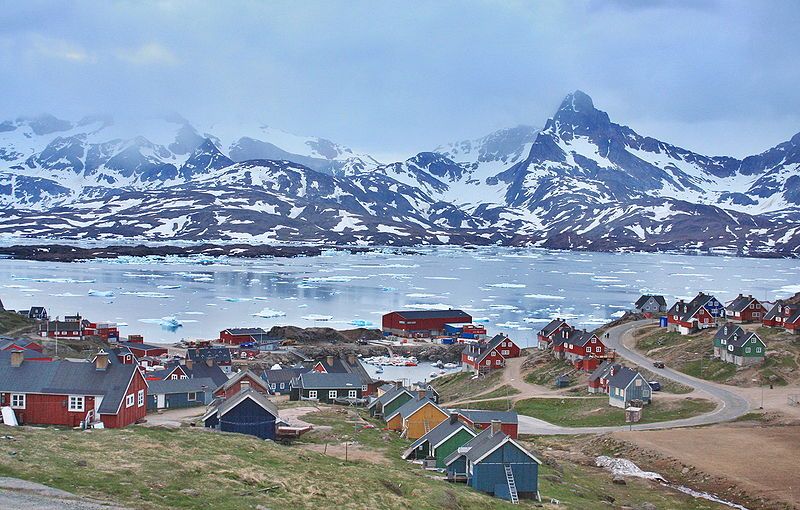After three action plans for the aquatic environment and billions of kroner invested into reducing the discharge of nitrogen and ensuing oxygen depletion, Danish waters are finally showing environmental improvements.
According to a PhD thesis by Maren Lyngsgaard – under a collaborative effort by the University of Copenhagen and Aarhus University – oxygen-producing algae are now found at greater depths, thus improving sunlight penetration to such a degree it is reaching greater depths today than it was 23 years ago.
“Nitrogen levels have fallen through the past 15 years and this has resulted in a redistribution of algae,” Lyngsgaard told videnskab.dk. The correlation between algae distribution and the levels of nitrogen discharge is groundbreaking in environmental research and can give scientists a better understanding of the environment's response to disturbance.
READ MORE: Baltic Sea bed dying fast, claims study
Professor Jacob Carstensen from Aarhus University agrees with Lyngsgaard’s research and points to the explosive growth of eelgrass on the Nibe-Gjøl shore as a positive indication of the improvements. However, he warned that the impaired conditions of the sediment may take decades to turn around
“It is hard to say what timespan we are looking at before improvements are seen in the sediment and ocean floor," he told videnskab.dk.













